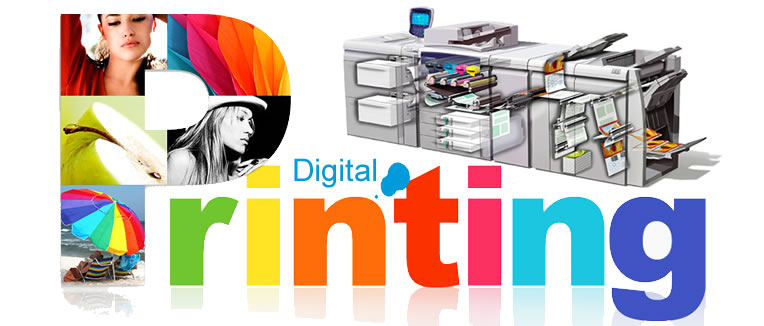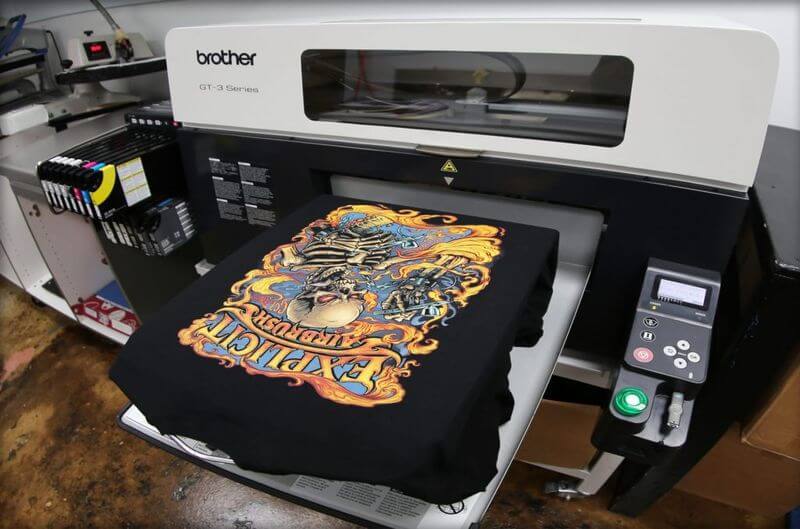Digital Printing Fundamentals Explained
Digital Printing Fundamentals Explained
Blog Article
All about Digital Printing
Table of ContentsA Biased View of Digital PrintingAn Unbiased View of Digital PrintingThe Basic Principles Of Digital Printing See This Report on Digital PrintingThe Definitive Guide to Digital PrintingThe Best Guide To Digital PrintingSome Known Factual Statements About Digital Printing Getting The Digital Printing To Work
Personalization likewise enables services to stand apart in a congested market by producing special advertising and marketing products that distinguish them from their competitors. One of the main benefits of electronic printing is the capacity to publish variable information. Each published item can be special, enabling companies to create personalized marketing products that talk directly to their target audience.Digital printing likewise allows for modification in the design of advertising and marketing products (Digital Printing). With digital printing, organizations can produce designs that are one-of-a-kind and tailored to their specific requirements.
The Basic Principles Of Digital Printing
This advantages companies that wish to examine different advertising approaches or launch new items and solutions. By printing smaller amounts of marketing products, organizations can decrease waste and stay clear of the need for excess stock. Digital printing is also functional. It can print on various products, including paper, cardstock, vinyl, and steel.
By utilizing various materials and styles, businesses can create special marketing products that attract attention from their rivals and stand out from their target market. Digital printing also offers uniformity. With typical printing methods, there is often variant between prints because of distinctions in ink insurance coverage, stress, and other variables.
This uniformity can help construct client trust and reliability, revealing that the company is committed to providing high-quality materials. Uniformity is particularly vital for businesses that intend to construct client trust and integrity. By making sure that every print is consistent, businesses can show that they are committed to supplying premium products and paying attention to the details.
Some Known Factual Statements About Digital Printing

On top of that, digital printing creates less waste since it can publish as needed and in smaller amounts, minimizing the need for excess inventory and products. Digital printing likewise uses much less energy contrasted to traditional printing methods. Digital printers do not call for as much energy to run, as they do not require to warm up as much or utilize as much power to run.
Digital Printing for Beginners

Balanced out printing calls for a plate for each shade printed. Conventional offset printing is a print technique that uses aluminum plates to move ink onto a rubber sheet (often referred to as a "blanket").
The Ultimate Guide To Digital Printing
Countered printing permits for a vast array of print materials to be used throughout production. The high-grade images generated with balanced out printing make it the favored technique, particularly amongst graphic developers, when seeking the best shade reproduction, detail, and professional-looking prints.
The essential printing approach continues to be offset. For electronic inkjet printing, ink is transferred directly onto the surface. Instead of counting on light weight aluminum plates and rubber coverings to move a picture, electronic printing utilizes liquid ink throughout manufacturing. Conventional home inkjet printers are just one of the most typical digital printing methods.
Digital Printing Things To Know Before You Get This
Due to the fact that countered printing can blend custom color inks for each job, it will naturally get the colors spot-on. Count resource on balanced out printing for clean, distinctive types and pictures without streaks or areas.
It sets you back a great deal to start an offset work. You have to spend money into developing home plates, which requires time. When you've spent it, all of the materials are all set to go, and you'll invest less on large countered tasks than a digital print, which is about the very same per piece no matter exactly how big the work gets.
Digital printing is less pricey for low-volume jobs. The price per device drops for electronic printing, so at some point, they crisscross. Altering information within a single print task.
Not known Details About Digital Printing
While digital printing or inkjet printing is the favored selection in today times, there are compelling reasons to transform from countered to electronic printing systems. Contact Kao Collins about shade matching and customized formulas. When printing balanced out or digitally, crucial choices and procedures are associated with color matching. If it has a graphic overlay or includes a label, it will certainly have shades.
Industrial inkjet printing offers flexibility for printing on numerous different substratums. Digital printing is ideal for consumers that do not need longer runs and warehousing materials.

One advantage of electronic printing is picking from a vast array of electronic substratums. With balanced out printing, substratums make up, generally, 30% of the expense of the work. With digital printing, the expense of the substratum in the overall task is small. This enables more options than ever, and that's good for marketers and services.
Rumored Buzz on Digital Printing
Devices expenses in inkjet printing are far reduced than countered printing as there are no plate-making, plates, and press costs. Beyond the capital cost, the prepress equipment and printing presses require very experienced drivers in countered printing, which more includes labor prices.
Report this page